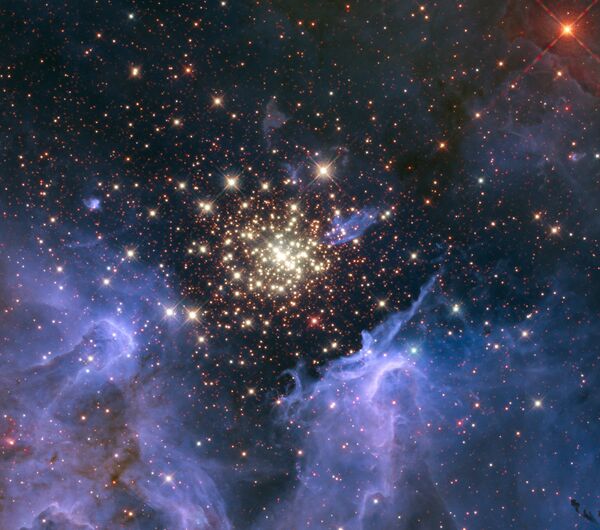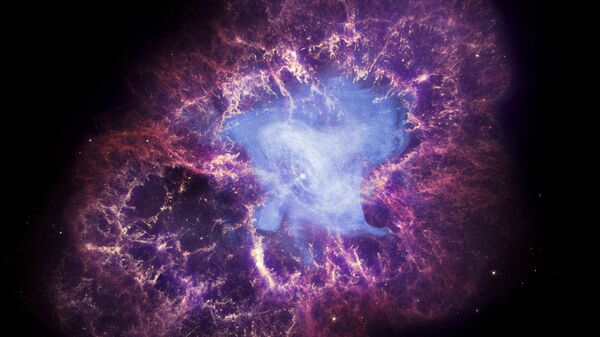Physicists from the Technical University of Munich (TUM) have discovered evidence of a massive supernova that exploded near Earth some 2.5 million years ago.
Astronomie - Discovery of iron-60 and manganese-53 substantiates supernova 2.5 million years ago Stellar explosion in Earth's proximity:https://t.co/E2doqAI5Vt’s-proximity/ pic.twitter.com/avA1Rsuqna
— Hansjürgen Köhler / CENAP (@CenapKoehler) October 2, 2020
Stars boasting a mass more than ten times that of our Sun typically end their cycle of existence in a supernova, which is an enormous stellar explosion, resulting in the formation of iron, manganese, and other heavy elements.
This blast might inflict serious harm to life on Earth if the supernova were to occur in close proximity to our planet.
A supernova was speculated as likely to happen a while ago, when scientists noticed that red supergiant star Betelgeuse had suddenly started to dim, losing about 40 percent of its normal luminosity between October 2019 and April 2020.
While some observers suspected an impending supernova, it never happened, with Betelgeuse having since returned to normal.
Now at 79% of my usual brightness! #Betelgeuse pic.twitter.com/5tboNiZg67
— Betelgeuse Status (@betelbot) October 3, 2020
Nevertheless, physicists from TUM, in collaboration with the Helmholtz Centre in Dresden-Rossendorf and a group of scientists from Argentina, have discovered evidence of a supernova that did happen, specifically by studying layers of a manganese crust that are around two and a half million years old.
Using accelerator mass spectrometry, the team of scientists detected both iron-60 and increased levels of manganese-53 in layers that were deposited about two and a half million years ago.
On Earth, manganese occurs as manganese-55, while manganese-53 originates from cosmic dust, like that found in the asteroid belt of our Solar System.

While it falls to Earth continuously, scientists rarely observe larger specks of dust, emitting a glow as meteorites.
Sediment layers accumulate on the sea floor and preserve the distribution of the elements in manganese crusts. This is where the investigative ultra-trace analysis came in handy.
"The increased concentrations of manganese-53 can be taken as the 'smoking gun' – the ultimate proof that this supernova really did take place", says lead author Dr Gunther Korschinek.
"…Accelerator mass spectrometry is so sensitive that it even allows us to calculate from our measurements that the star that exploded must have been around 11 to 25 times the size of the Sun", says Korschinek.
The supernova is said to have caused a boost in cosmic rays over several thousand years, which might "lead to increased cloud formation", said co-author Dr Thomas Faestermann.
The scientists write in their study, "Supernova-Produced 53Mn on Earth", funded by the German Research Foundation, and published in Physical Review Letters, that while a very close supernova could inflict massive harm to life on Earth, the one they discovered evidence of was far enough away to avoid fallout.


